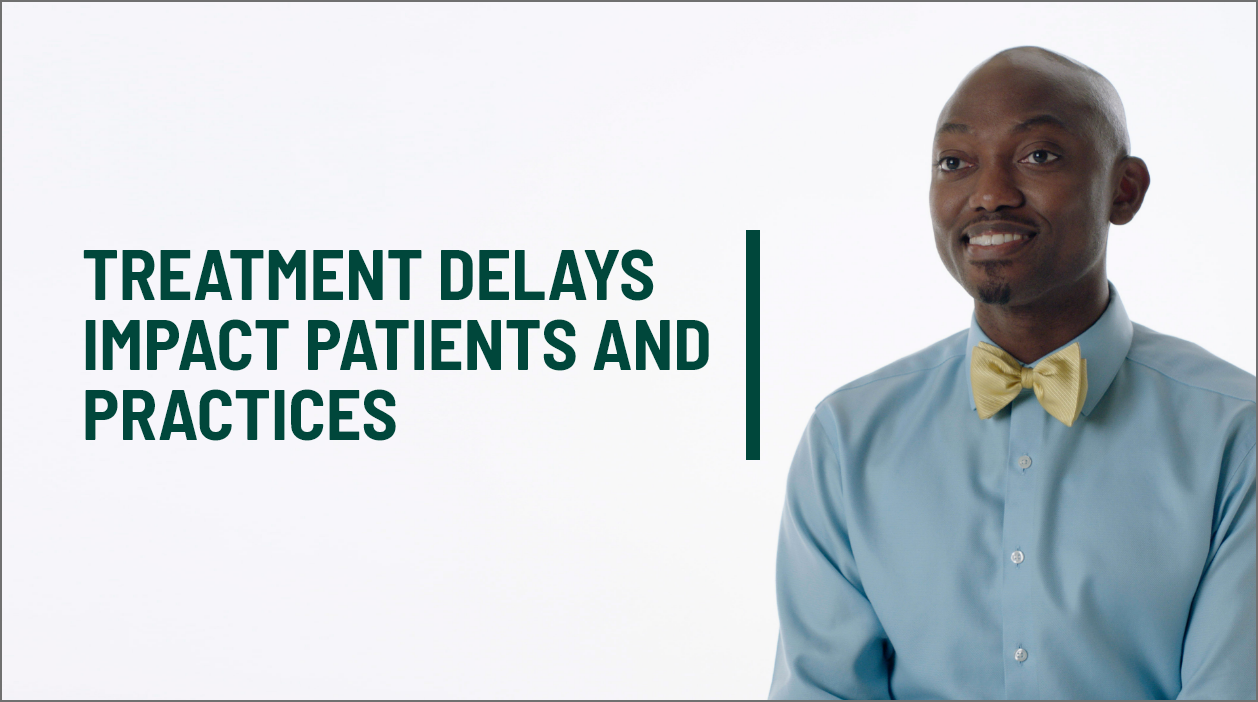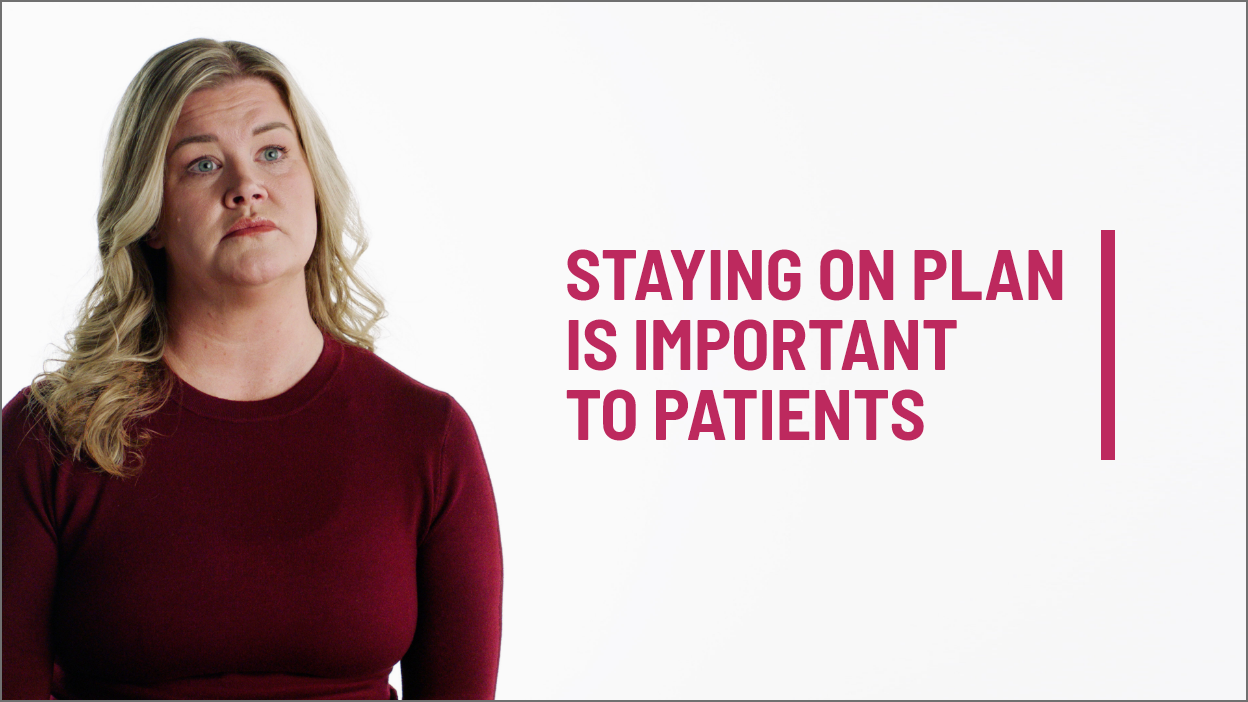
To decrease the incidence of chemotherapy-induced myelosuppression in patients when administered prior to a platinum/etoposide-containing regimen or topotecan-containing regimen
For extensive-stage small cell lung cancer (ES-SCLC)
PROACTIVELY HELPS PROTECT PATIENTS AGAINST MULTIPLE MYELOSUPPRESSIVE CONSEQUENCES
PIVOTAL STUDY ENDPOINTS: COSELA® (trilaciclib) Proactively Given Prior to Etoposide, Carboplatin, and Atezolizumab in 1st-Line ES-SCLC Patients
See Study DesignNEUTROPHIL LINEAGE1
RBC LINEAGE1Secondary Endpoints
PLATELET LINEAGE1Secondary Endpoints
Data are from the induction phase. P values are raw one-sided or multiplicity-adjusted.
| * | Multiplicity-adjusted P value. (All other P values are raw one-sided.) |
| † | Adjusted relative risk (aRR) 0.038 (95% CI, 0.008, 0.195) |
| ‡ | Mean difference -3.6 (95% CI, -4.9, -2.3) |
| § | aRR 0.663 (95% CI, 0.336, 1.310) |
| ‖ | aRR 0.642 (95% CI, 0.294, 1.404) |
| ¶ | aRR 0.053 (95% CI, 0.008, 0.356) |
| # | Results for platelet endpoints including incidence of Grade 3/4 thrombocytopenia and platelet transfusions were not consistent across COSELA clinical trials. See Study 2. See Study 3. |
Grade 3/4 anemia was defined as Grade 3/4 decreased hemoglobin.
Standard-of-care supportive interventions, including RBC and platelet transfusions, were allowed per investigator discretion throughout the entire treatment period. Primary prophylaxis with granulocyte colony-stimulating factors (G-CSFs) and use of erythropoiesis stimulating agents (ESAs) were prohibited in cycle (C) 1 of induction, although therapeutic G-CSF was allowed in all cycles. More patients in the E/P/A regimen arm without COSELA received G-CSF Administration (47.2% vs 29.6%, aRR 0.646 [95% CI, 0.403, 1.034]) and had ESA use (11% vs 6%, aRR 0.529 [95% CI, 0.145, 1.927]) vs with COSELA, respectively.
E/P/A Regimen Arm=E/P/A + Placebo
AE=Adverse Event
FN=Febrile Neutropenia
on PubMed >
THE MULTILINEAGE DATA THAT COMPELLED HEALTHCARE PROVIDERS TO ADOPT COSELA
COSELA HELPS SUPPORT YOUR TREATMENT PLAN
PIVOTAL STUDY SECONDARY ENDPOINTS: The rate of all-cause chemotherapy dose reductions, events per 100 cycles, was significantly lower with COSELA, added to an E/P/A regimen: 2.1 vs 8.5 without COSELA (aRR: 0.242 [95% CI, 0.079, 0.742], P=0.0195).
See Study DesignFEWER PATIENTS REQUIRED DOSE
REDUCTIONS OF CARBOPLATIN1
FEWER PATIENTS REQUIRED DOSE
REDUCTIONS OF ETOPOSIDE1
Dose reductions of carboplatin occurred in 2% of patients receiving COSELA and in 25% of patients receiving placebo; dose reductions of etoposide occurred in 6% of patients receiving COSELA and in 26% of patients receiving placebo. No dose reduction was allowed for COSELA or atezolizumab.
Visual representations are based on the clinical data. Statistical comparisons were not made between groups.
NUMBER OF PATIENTS WITH CHEMOTHERAPY CYCLE DELAYS1
Cell cycle delays can be a result of hematological toxicity or other factors.
Results were not statistically compared.
HEALTHCARE PROVIDERS SHARE HOW CHEMOTHERAPY DELAYS IMPACT PATIENTS AND PRACTICES




INDICATION: COSELA is indicated to decrease the incidence of chemotherapy-induced myelosuppression in adult patients when administered prior to a platinum/etoposide-containing regimen or topotecan-containing regimen for extensive-stage small cell lung cancer (ES-SCLC).
Hematologic Adverse Reactions Summary
QUICK LINKS
HEAR FROM PEERS
Sujith Kalmadi, MD, describes the reductions in myelosuppression he has seen with COSELA.

